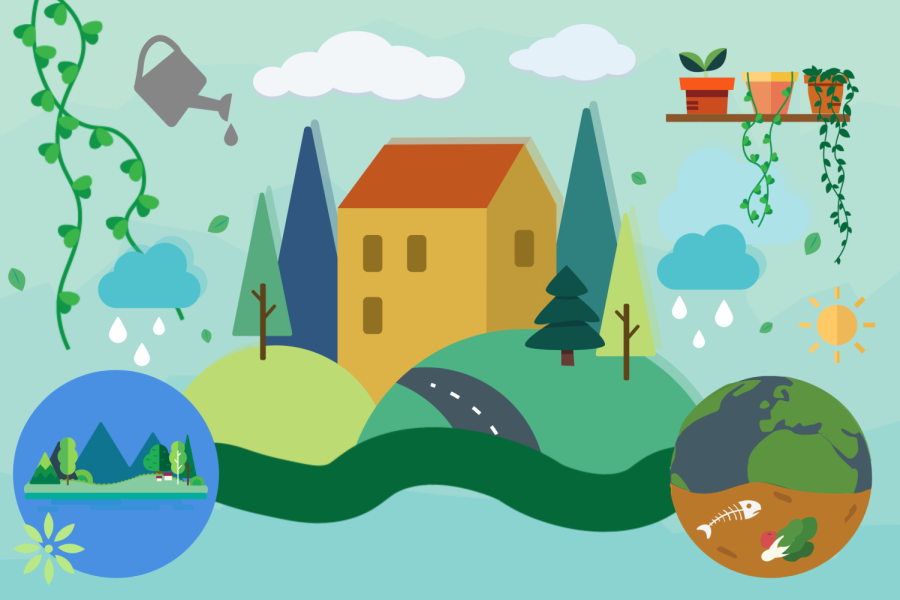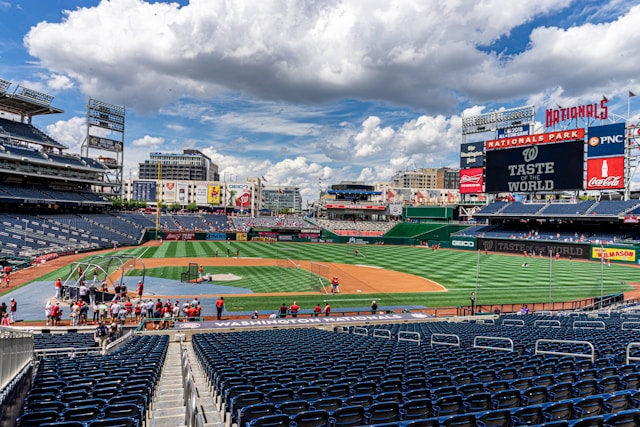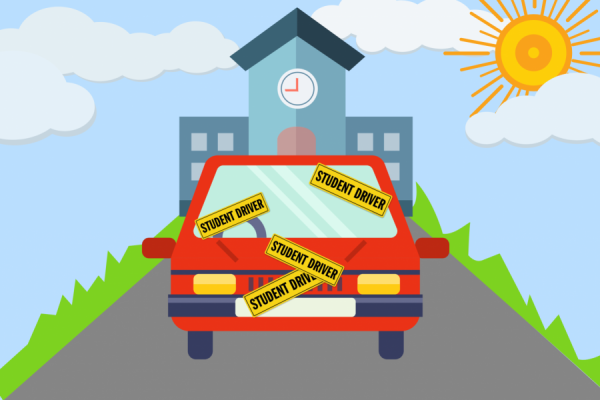A crisis close to home: Whitman community members take action against local environmental damage
As the climate crisis causes damage in the Whitman area, community members are finding ways to take action.
February 15, 2022
Sophomore Hannah Fox stepped onto her porch on a November morning, expecting to inhale crisp fall air. Instead, Fox felt blazing sunshine on her face — it was yet another 75-degree day in Bethesda. Fox sighed and ran back inside to trade her warm sweater and denim jeans for a t-shirt and shorts.
Fox’s sunny start to the day was an effect of the climate crisis’s increasing presence in Whitman students’ lives. It’s not just unseasonal temperatures — in Maryland, flowers are blooming earlier and dying faster, erosion is becoming an increasingly common threat to homes and thunderstorms are becoming more frequent. This last phenomenon has caused an increasing amount of pollutant-ridden water to infiltrate the Chesapeake Bay.
Many community members have taken note of local environmental threats and taking it one step further, they’ve found distinct ways to work against damage.
During her freshman year, Fox started the Bay Conservation Club to help educate peers about local environmental disasters, as well as to advocate for legislation that would help preserve the Chesapeake Bay’s water quality. As their first project of the year, the club planted native vegetation throughout the community in an attempt to create a buffer for polluted wastewater and help build a more robust local ecosystem.
Fox continues to follow her passion for environmental justice by serving in the Chesapeake Bay Foundation’s leadership program. This initiative has allowed her to observe the effects of climate change — including changes in sea levels and an increase in erosion — affecting local communities, she said.
“Having lived in Florida and grown up around many natural disasters, I’ve had first-hand experience with the effects of climate change,” Fox said. “I’m motivated to protect [the Chesapeake Bay] and watershed as a whole and inspire others to do so too.”
The signs of climate change haven’t been apparent to just Fox though; Junior Elena Kotschoubey is the president of the Whitman Botany Club, a group dedicated to spreading both key knowledge and appreciation of plants. Members of the club learn how to propagate, nurture and grow a variety of different plants. As an avid lover of plants, Kotschoubey has recently begun to notice significant changes in the local outdoor flora due to unusual weather.
“My outside plants are blooming way too early then quickly dying, and trees are losing leaves at many different times than they normally would,” Kotshoubey said. “You can see these changes largely in Snowdrops. The flowers bloom early because they think it’s warm enough, but then quickly freeze over.”
Snowdrops are one of the many local plant species that have started blooming weeks earlier than usual. This is due to climate change causing both soil and air temperatures to rise above average for extended periods of time.
Humanity is edging dangerously close to a point of no return if individuals continue to ignore signs of the environment’s demise, AP Environmental Science teacher Mira Chung said.
“We are now at a turning point where we have to make important decisions and take action, or we’re just going downhill from here,” Chung said.
In Whitman students’ backyards, runoff from roofs, paved roads, parking lots and other impervious surfaces carry vast amounts of pesticides, animal waste, and other dangerous pollutants. The polluted water eventually infiltrates the Chesapeake Bay, the largest estuary in the country.
Bannockburn resident Ana Rasmussen, the landscape committee chair of the Bannockburn Community Clubhouse (BCC), observed how heavy rainstorms caused water to flood homes, yards and roads and clog storm drains throughout Glen Echo. Rasmussen said the harm was particularly evident around the BCC, which was built on a slight elevation, allowing for more water damage to the surrounding homes.
In winter 2020, Rasmussen realized that she needed to take action and prevent more water damage from occurring; however, the Clubhouse had limited funds adding a barrier to change. Alongside fellow BCC board members Susan Wexler and Hans Engler, Rasmussen decided to secure a grant from the Chesapeake Bay Trust (CBT) to address the flooding.
BCC received their first grant of nearly $49,000 in early 2020 and a second grant of $50,000 in 2021. The clubhouse used those funds to implement two rain gardens on their property to regulate floods and filter pollutants in stormwater runoff.
“It’s always a work in progress,” Rasmussen said. “There’s always surprises that pop up, especially with more frequent and heavy storms.”
The clubhouse’s rain gardens use a technique called “bioretention,” which collects stormwater in a basin full of rich, absorbent soil, helping keep the water from reaching storm drains. The clubhouse then planted native vegetation on top of the basin to help absorb the water. The gardens soak up water, then slowly channel any additional liquid through a series of rock paths to prevent flooding. The rain gardens have helped filter out pollutants that would otherwise make their way into the Chesapeake Bay, where they would cause significant damage, Rasmussen said.
“It’s pretty remarkable, as the water is staying on our property,” Rasmussen said. “Some neighbors took inspiration from our rain gardens to install their own version of water management practices.”
Another touch that Rasmussen added to the rain gardens was signs that identify each native plant species. This visual “library” gives the community the opportunity to explore their local ecosystem in a hands-on technique since the Bannockburn Community Clubhouse’s grounds are open to the public, Rasmussen said.
Strategies to help prevent environmental damage aren’t always as visible as rain gardens.
At Whitman, the addition reflects Montgomery County’s goal to increase their sustainability. In the new building, the construction crew installed water-conserving and low-flow plumbing fixtures as well as highly energy-efficient HVAC and lighting systems. They also attempted to maximize daylight in classrooms by adding large windows and using recycled, locally manufactured materials throughout construction.
“I think that the new wing is really environmentally sound,” said science teacher Kelly Garton. “I’ve noticed the motion-sensor lights and refillable water bottle stations.”
Whitman will take another step toward offering students greater access to learning about climate change by offering two new semester-long courses for the 2022–2023 school year— Environmental Justice and Global Climate change. The environmental justice course will focus on environmental inequalities related to subjects such as environmental justice movements, environmental health, energy transitions, food scarcity and conservation. Students in Global Climate Change will explore climate change through hands-on and virtual labs, environmental policy analysis and literature projects.
“I think that students seem to have a very black and white type of image of the environmental crisis, when in reality there are a lot of greys,” Chung said. “It is easy to just say that the environment is important, but when it comes down to all of the specific and personal factors, it becomes a more difficult problem.”
Both Chung and Garton hope their students feel inspired to choose a sustainable lifestyle and, years down the road, seek occupations that actively address climate change.
“Students have a bigger voice than they think,” Chung said. “The environmentally-friendly changes that they make may not be immediate, but will have a lasting impact for other generations as they take what they learned and apply it to make a more sustainable world.”











Rick Dalton • Feb 16, 2022 at 11:12 am
I hope we can all agree that nuclear power and fracking is the best way to reduce Co2 emissions.